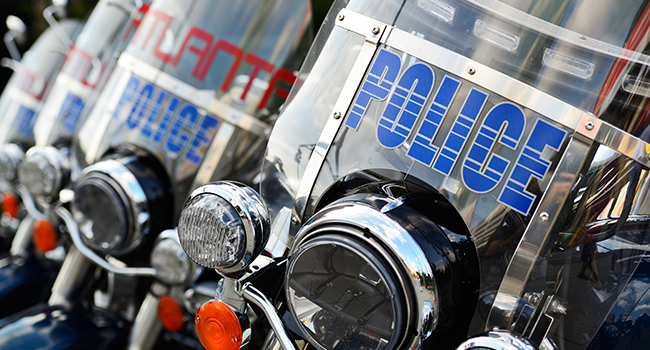
Georgia School District to Hire 16 Police Officers
The safety committee’s plan involves hiring 16 police officers to help patrol at elementary school campuses. There are already police officers in place at each of the district’s middle and high school campuses.
- By Jessica Davis
- November 13, 2018
A safety committee for Georgia’s Fulton County Schools gave recommendations to the school board Tuesday that included calling for the district to hire 16 more school police officers and invest in online mental health resources. The committee was formed in July in response to multiple campus safety incidents in the news.
The safety committee’s plan involves hiring 16 police officers to help patrol at elementary school campuses. There are already police officers in place at each of the district’s middle and high school campuses. The committee also recommended that the district hire 10 non-sworn staffers to work in security, including monitoring video surveillance.
According to the district, an online mental health resource center could provide videos and other online resources about depression, bullying, peer pressure, suicide and other mental health issues. The online center would be accessible to students and families at any time, and would exist in addition to the district’s counselors.
Implementing the plan would cost an estimated $790,000 in one-time expenses for things like police uniforms and the online resource center. The district estimates that other costs, like hiring the additional officers and staff and maintaining the online resource center, would cost about $1.6 million per year.
“I really hope that this is the start of the conversation and not the end, as we all know that school safety is a major issue, and it’s going to be,” said Wesley McCall, Alpharetta’s deputy director of public safety and one of the 26 committee members.
The plan could be approved by the school board at its Nov. 15 meeting.
About the Author
Jessica Davis is the Associate Content Editor for 1105 Media.